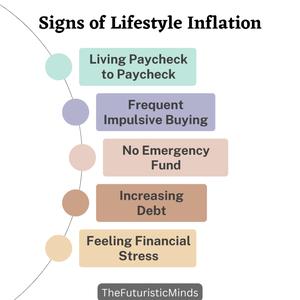“Alternative Retirement Accounts” Beyond 401(k)s
Forget advice for standard 401(k) plans—young professionals with high incomes can benefit from specialized accounts. A Self-Directed IRA (SDIRA) is a great option for investing in unique assets like private equity, luxury real estate (such as vacation homes), or even fine art. These types of investments frequently yield better returns than typical stocks over the long term, making them a good fit for retirement planning. For instance, an SDIRA that includes a collection of luxury rental properties can provide ongoing passive income during retirement while the property's value increases. It’s wise not to rely solely on employer-sponsored plans; SDIRAs grant more flexibility to achieve the growth goals of wealthy individuals.
Rather than using broad “retirement funds,” divide savings into specific categories that match your lifestyle. Consider setting up a “Luxury Leisure Fund” for travel experiences like private cruises and villa rentals, as well as a “Healthcare Security Fund” for high-quality medical care, including concierge services and medical travel. High earners can put aside 15% of their income into these funds, investing in growth-oriented assets like niche stocks and private bonds today. By the age of 50, these funds can have grown sufficiently to cover retirement costs without sacrificing preferred lifestyles, contrasting with traditional savings plans that often require compromises later on.
“Healthcare Pre-Planning” as Wealth Protection
Healthcare expenses often disrupt retirement plans—start strategizing early with smart solutions. Young professionals should consider acquiring long-term care (LTC) insurance that includes inflation riders to ensure coverage for future premium services (such as in-home nursing care or private rehab facilities). An even smarter approach is to contribute to health savings accounts (HSAs) alongside high-deductible health insurance. HSAs provide triple tax advantages (deductions on contributions, tax-free growth, and tax-free withdrawals for medical expenses) and can serve retirement healthcare needs if they aren’t utilized prior. This method protects wealth from sudden medical expenditures for those with significant assets.

Creating “Career Transition Buffers” for Early Retirement
Those aiming for early retirement should establish a career transition fund during their 30s and 40s. Set aside 10% of your earnings in a liquid investment, such as short-term bonds or high-yield savings. This fund will allow you to reduce stressful work hours in your 50s (like moving to part-time consulting) without jeopardizing your retirement finances. For instance, a $500,000 fund could support living expenses for 2-3 years while moving into a less demanding but more satisfying job, helping to maintain long-term retirement objectives.
Implementing “Tax-Advantaged Gifting” for Legacy and Savings
Merging legacy planning with retirement funding can be achieved through tax-advantaged gifting. Wealthy young earners might make use of annual gift tax exclusions to transfer assets (such as shares in a family business or property) to heirs right now. This approach minimizes potential estate taxes and allows asset growth outside of your estate, thereby increasing the wealth available for retirement. For example, gifting $17,000 in dividend stocks each year to children allows those stocks to grow while you maintain control of your retirement investments. This strategy avoids the pitfalls of delaying gifting.

Practicing “Lifestyle Inflation Checks” to Maintain Savings
Young, high-income earners frequently increase their spending as their income grows; however, intentional limits can help prevent this. Establish a “spending cap ratio” (like spending no more than 60% of your disposable income) to keep savings in line. For example, if your income rises from $500,000 to $1 million, consider raising your spending by only 30% instead of doubling it. The additional savings can then be placed into retirement investments, enhancing returns. Unlike typical budgeting advice, this method effectively balances enjoying your wealth today with preserving it for the future.


Cash Flow Thinking: Rethinking How to Earn

Homeownership Vs. Renting

Investment Horizons for the Coming Decade

Smart Home, Smart Investment: Financial Benefits of Energy-Efficient Upgrades

Fund automatic investment plan vs Stock IPOs: The Investment Dilemma

NFTs: Value Reborn Post-Bubble

Blockchain in Finance: Beyond the Hype
